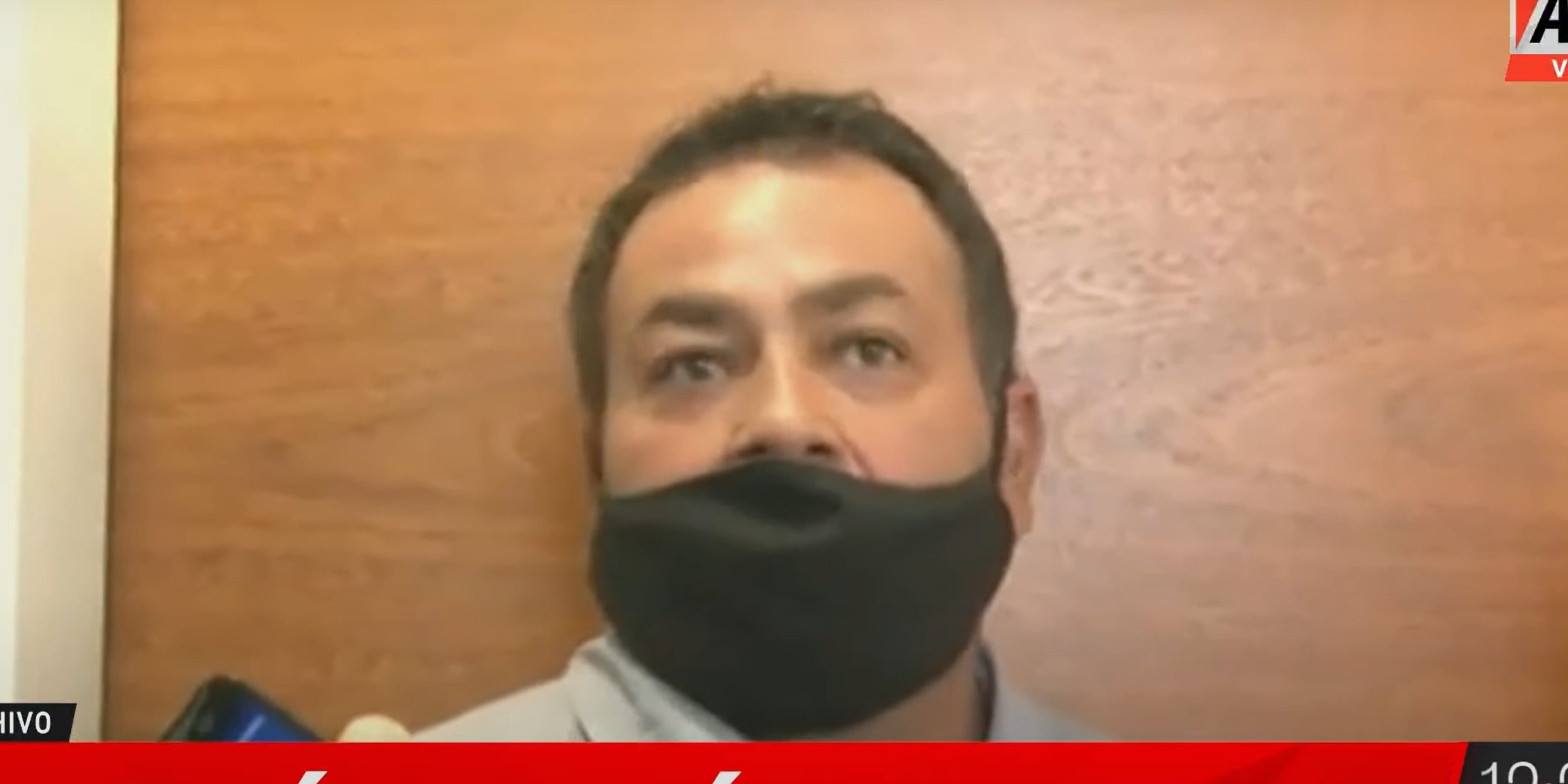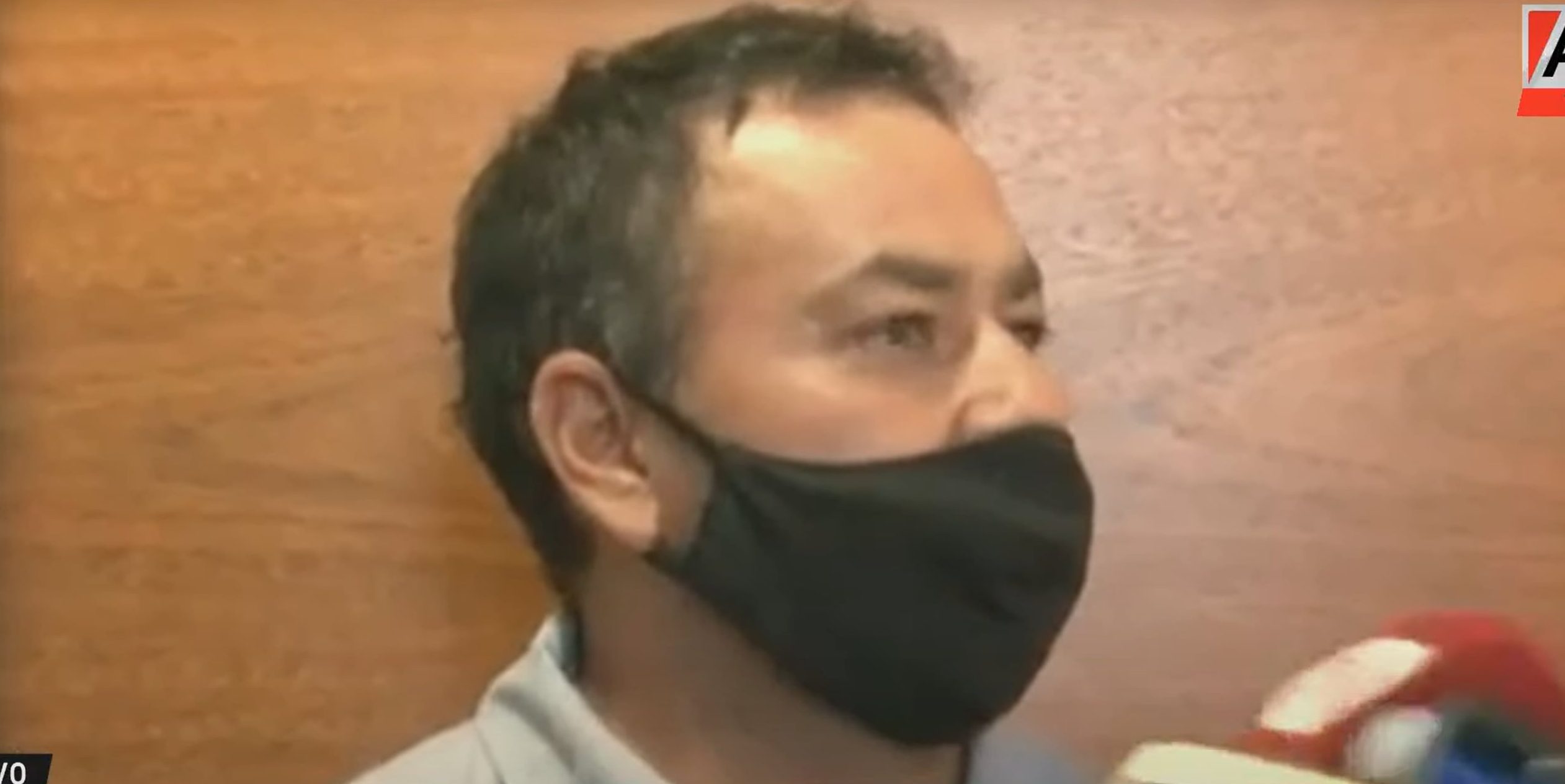In Netflix’s ‘The Many Deaths of Nora Dalmasso,’ a spotlight is shone on the murder of Nora Dalmasso, a woman who was killed on November 25, 2006, leaving behind a complex mystery for authorities to tackle while also starting a nationwide frenzy in Argentina. As prosecutors probed into the details of the case, Dalmasso’s family was put under immense stress as they became the subject of media scrutiny, public derision, and life-changing accusations. However, despite the clamor for justice, the murderer’s identity remained a mystery despite the best efforts by those in charge to have a swift justice process. In 2024, an alleged breakthrough arrived when it was revealed that a suspect had been identified based on a DNA test. His name was revealed as Roberto Bárzola, a former employee at the Villa Golf house in Río Cuarto, where Nora and her family lived.
Roberto Bárzola Was in Nora Dalmasso’s Close Orbit Days Before Her Murder
Roberto Bárzola is a 45-year-old native of Río Cuarto, Cordoba, who, in the days prior to Nora Dalmasso’s murder in November 2006, was polishing the wooden floors of the house belonging to Dalmasso and her husband, Marcelo Macarrón. Bárzola, a parquet flooring specialist, alleged that he was busy with work and had no meaningful rapport with Dalmasso at the time. Elaborating on that same point, he stated that he had been at the house of the murder victim for a day and a half, during which he professed that he “didn’t even know that woman.’ The floor polisher was 27 years old when Nora Dalmasso’s murder took place on November 25, 2006, as a result of asphyxiation by strangulation. As per his testimony, he arrived for work on the day of the crime but did not ring the doorbell; instead, he decided to wait at the door. When no one arrived, Bárzola claimed he had left.

When the investigations took off, Bárzola testified as a witness around six times throughout the case. A year after Dalmasso’s killing, the Macarrón family urged the authorities to include Bárzola in genetic testing, as he had been hired to complete a floor-polishing job on the Villa Golf home a week before the victim was murdered. Dalmasso’s mother, Delia Grassi, also known as Nené, also picked him out as being the only person with whom Dalmasso allegedly had an issue. The prosecutor in charge of the case at the time had compiled a list of people whose DNA would be looked at and compared against the genetic material found at the crime scene. However, despite the requests from the family in 2007, Bárzola’s DNA was not tested by the authorities.
Roberto Bárzola Became a Suspect Following a New Wave of DNA Testing
As the scrutiny over Nora Dalmasso’s murder remained strong, the screams for a resolution to the case became all the more high-pitched, leading to accusations being leveled at Nora’s son, Facundo Macarrón, around 2007. When Facundo was cleared of charges in 2012, Nora’s husband, Marcelo, became the prime suspect. The accusations brought forth against him resulted in a trial in 2022, where Roberto Bárzola testified as a witness. Later, Bárzola told the media that he “was always calm, knowing I hadn’t done anything wrong.” As shown in the Netflix documentary, Marcelo’s trial was a highly publicized affair that resulted in him being acquitted of any murder charges relating to his wife’s death. However, this still left the door open regarding who the real killer could be.

In 2023, the new prosecutor in charge of the case, Pablo Jávega, looked to revamp the search process by ordering more than 200 new DNA tests in an attempt to catch the murderer. As a result of this wider net being cast over the case, in December 2024, the Special Prosecutor’s Unit in Río Cuarto claimed that they had finally found a suspect whose DNA was “compatible with the genetic fingerprints collected from a gown belt found tied around the victim’s neck and from hair seized from her groin.” The person in question was Bárzola, who was informed of the findings and summoned to undergo a psychiatric examination. He was charged with sexual assault followed by murder. However, despite this newfound zeal to investigate the man, the prosecution was held back by the expiry of the statute of limitations, which theoretically stopped any convictions from being made.
Robert Bárzola is Locked in a Battle to Establish His Innocence Today
After being named the prime suspect in Nora Dalmasso’s murder, Robert Bárzola’s defense tried to fight his corner by bringing up the statute of limitations. For the uninitiated, it is a law stating that a legal action can only be undertaken before the passing of a particular period of time. Bárzola’s lawyers argued that as the murder case had remained open for over 15 years, the allegations leveled against him should be dismissed. However, the court rejected the request. In March 2025, Bárzola spoke with a local media outlet, Otro Punto, expressing his fears about going to prison and the situation he was engulfed in. He also addressed the matter of his DNA being found on Dalmasso’s robe belt and body by stating, “When this investigation started and I was called to testify, I was one of the first to volunteer for a DNA test so they’d stop bothering me.”
Despite believing in their client’s innocence, Bárzola’s attorneys resigned from their posts, stating that their motivations were “private and personal.” To that end, Bárzola must navigate the legal complexities of his case in due course by finding a new attorney to represent him or having one appointed for him. Meanwhile, Control Judge Diego Ortiz will play a huge role in deciding Bárzola’s fate, especially with the charges of sexual abuse resulting in death looming over his head. For the time being, however, the 45-year-old has kept his head down and continues his daily life as a free man amidst the legal pile-on around him, which could upend his life forever if found guilty. Today, he works as a full-time truck driver transporting grain harvest in Venado Tuerto, a city in southwest Santa Fe, Argentina.


